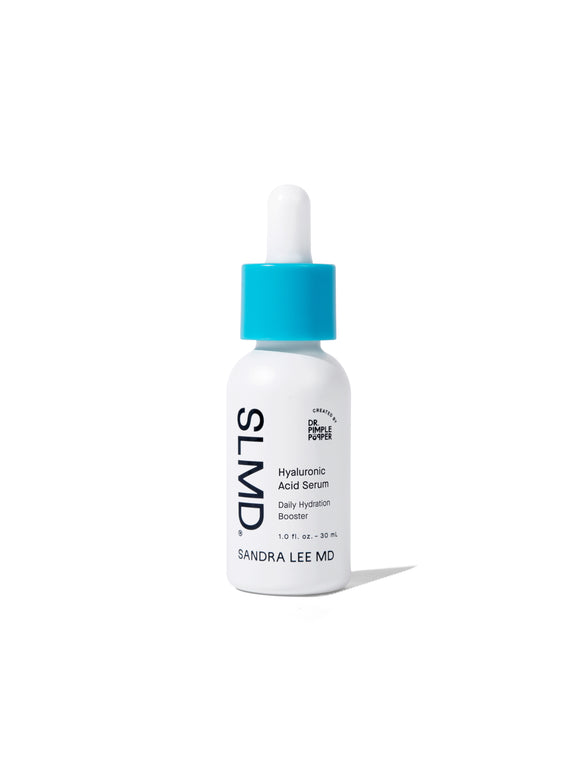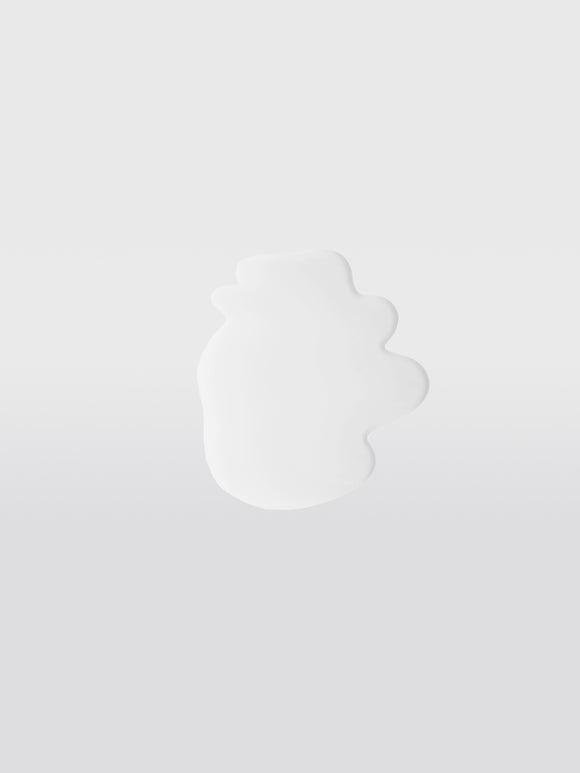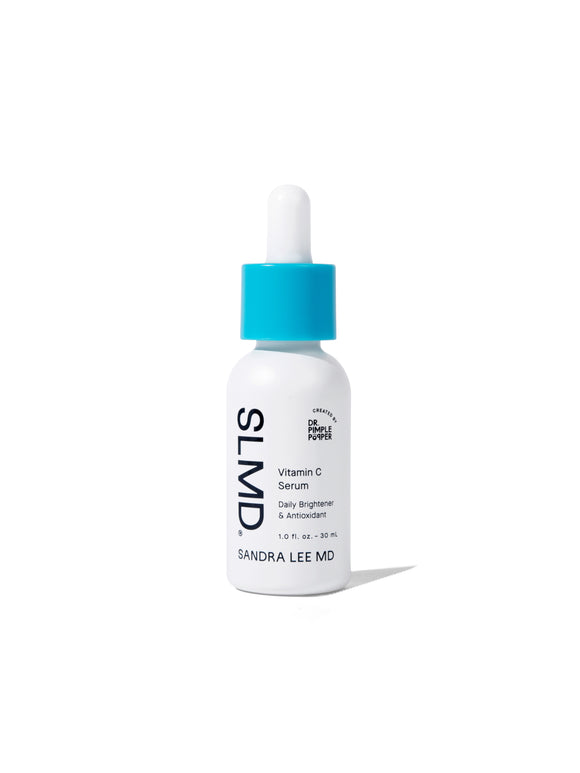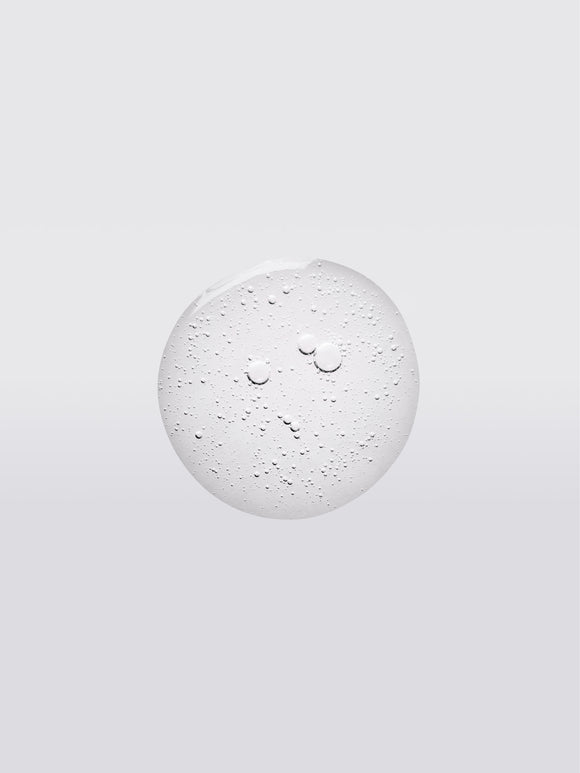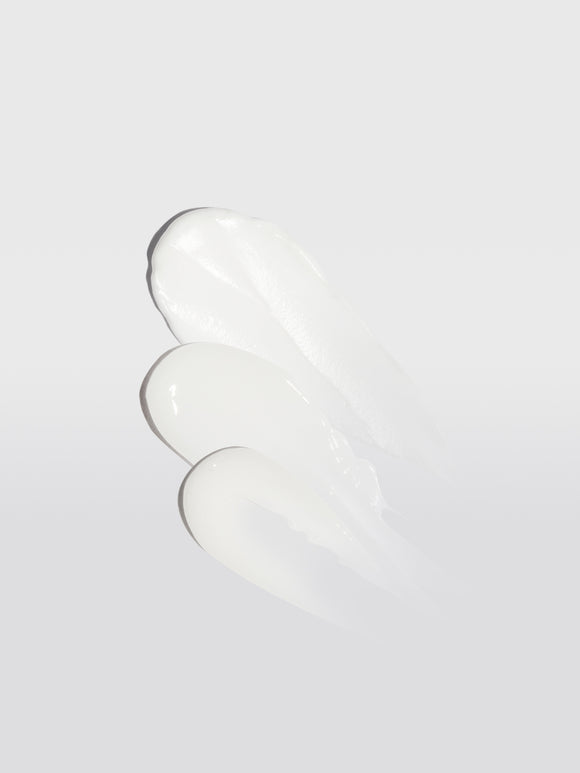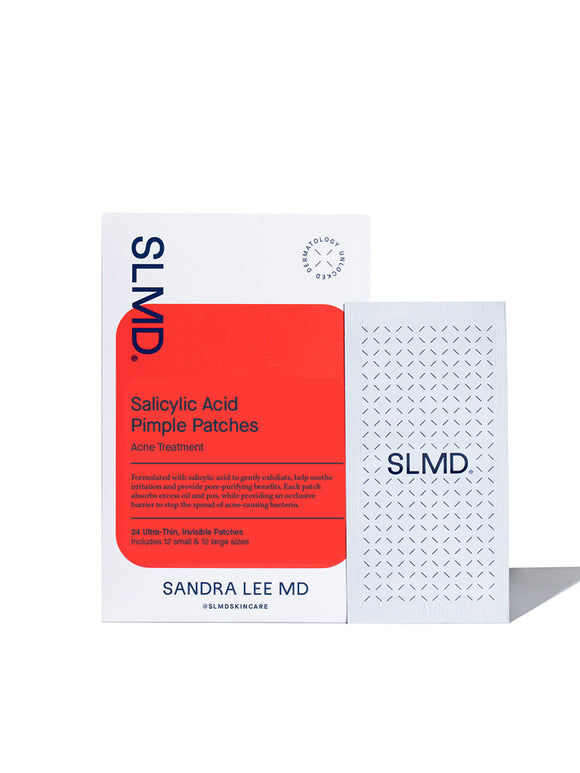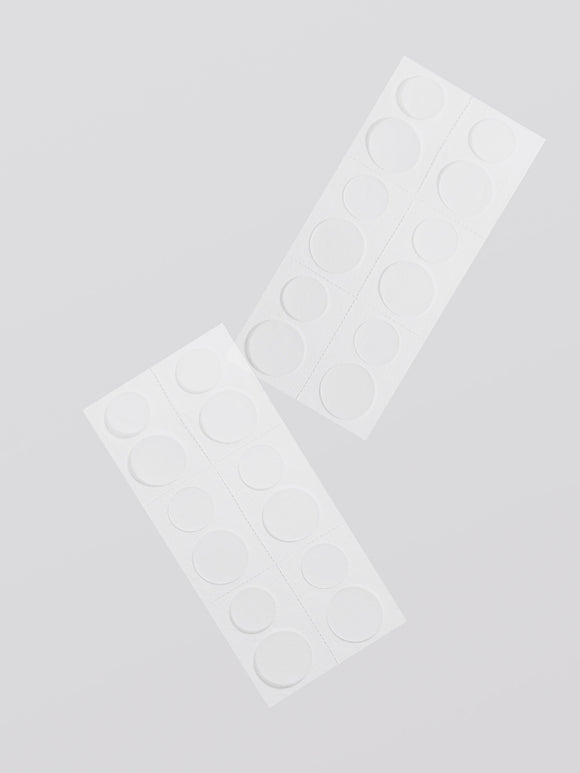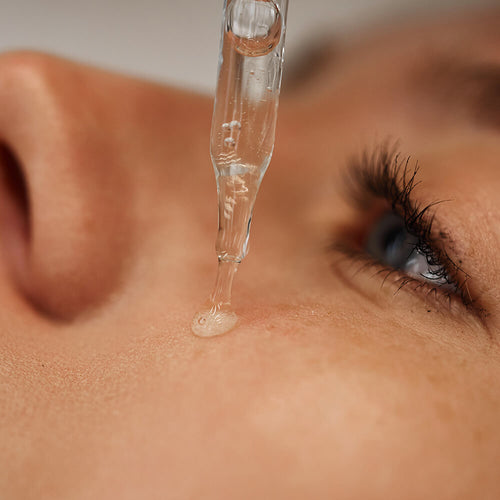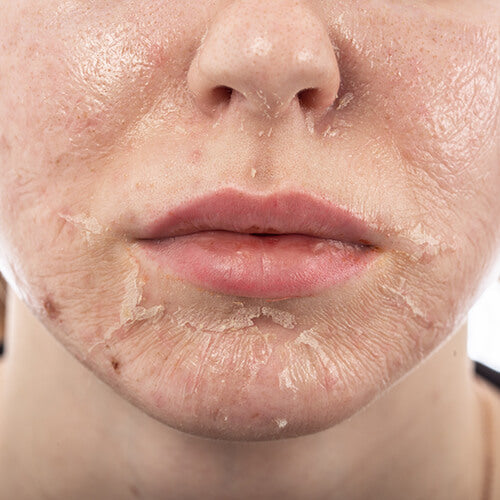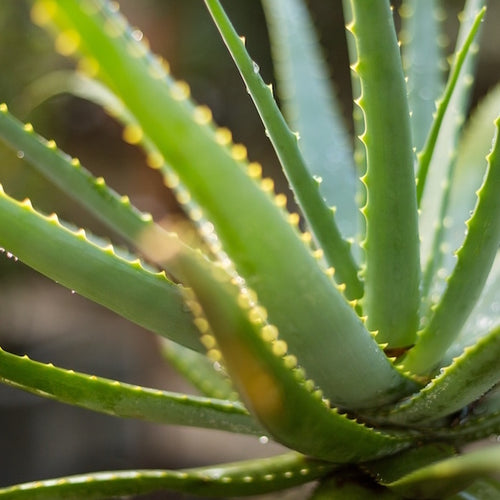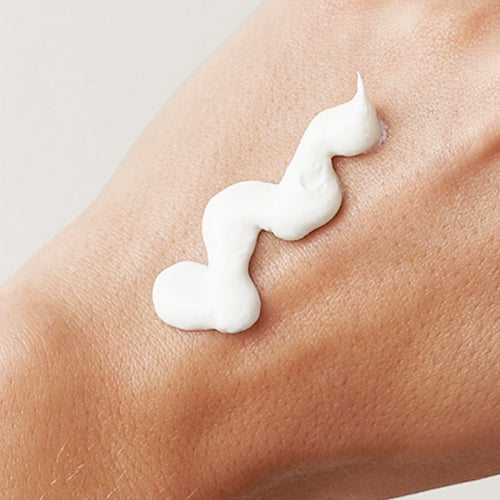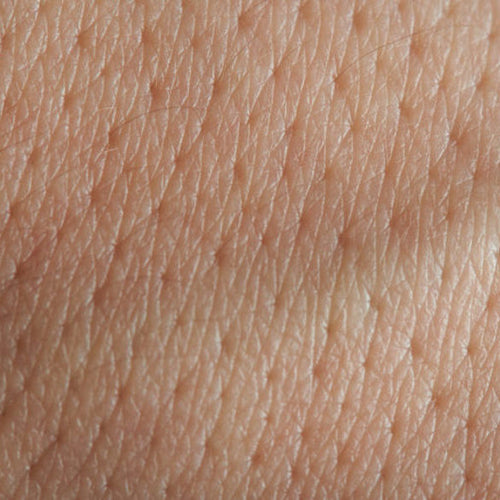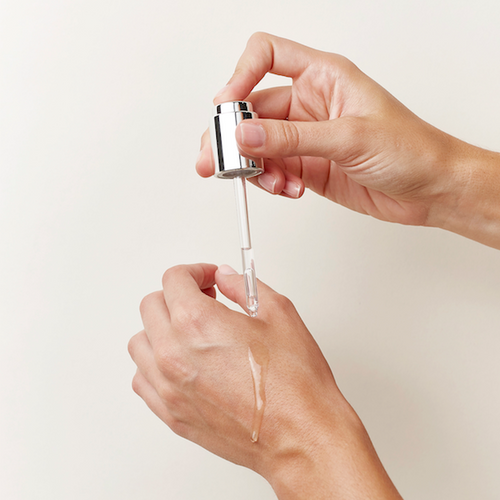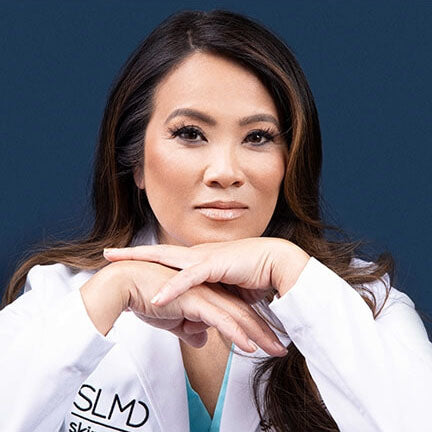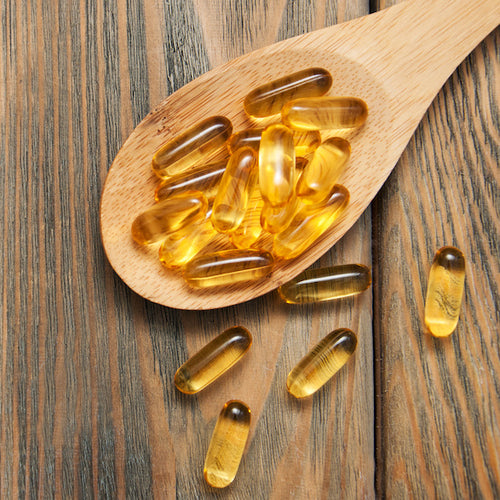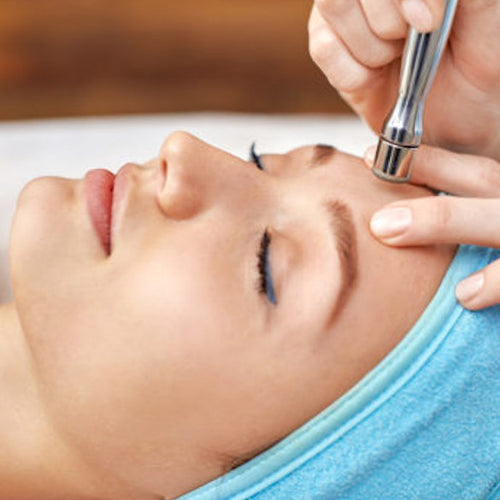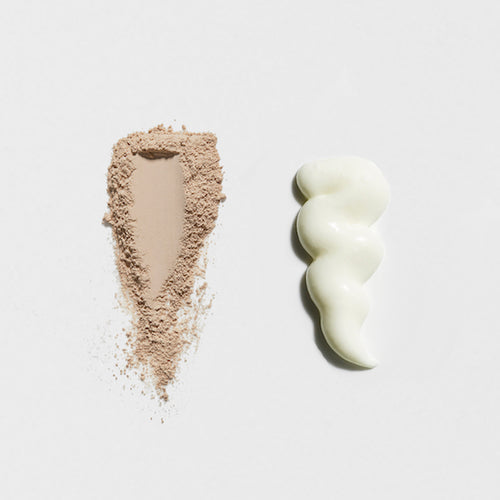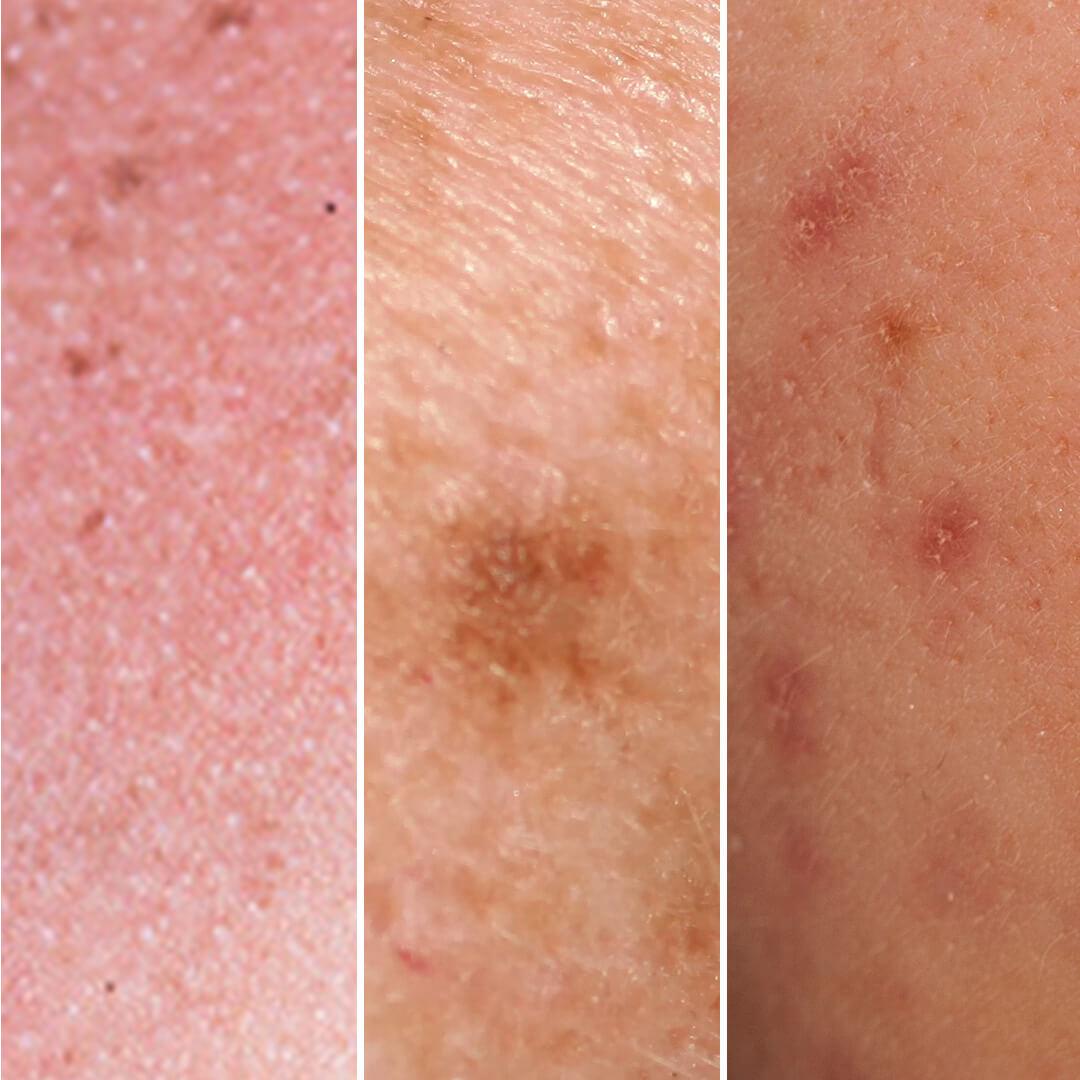
How to Treat & Prevent Immediate Signs of Sun Damage
Dr. Pimple Popper walks us through what to do after spending a little too much time basking in UV rays.Published:
3 minute read
We can all recognize a sunburn — but what about some of the other consequences of too much UV exposure? Some of that damage, particularly from year-round UVA rays, won’t show up for years. But there are other signs that you can see much sooner — toward summer’s end, for example.
While you can’t undo a season (or many) baking in the sun, there are measures you can take to help your skin recover. Here, Sandra Lee, MD (aka Dr. Pimple Popper) helps us break down the best ways to treat and prevent the immediate signs of sun damage.
First things first: wear sunscreen
The easiest way to protect the skin from all of these short-term signs of sun damage? Sunscreen, of course. You should be applying sunscreen every morning, regardless of whether you’re planning on spending time in the sun or not. UV rays can still penetrate through clothes, windows and screens.
If you are being exposed to direct sunlight, you should be reapplying sunscreen every 2–3 hours. Incorporating sunscreen into your morning routine can be as simple as using a moisturizer with SPF. Short of spending your days in the dark, it’s your best protection against all immediate and long-term consequences of sun exposure.
Try: SLMD Dual Defender SPF 30 is oil-free, lightweight, and contains antioxidants like vitamin C to protect the skin from environmental toxins.
Sun damage sign #1: SUNBURN
A sunburn is the skin’s response to too much UV exposure. As a system of defense, the skin’s blood vessels dilate, causing redness and inflammation. After losing moisture, the skin will become tight and dry. Skin cells will then start to thicken and produce melanin (the pigment that gives our skin color) in an attempt to prevent UV rays from reaching deeper layers of the skin.
The most common signs of a sunburn are inflammation, redness, and discomfort. Skin can also start to peel in an attempt to shed damaged skin cells. In addition to causing premature aging and hyperpigmentation, exposing yourself to dangerous levels of UV rays causes DNA damage, which could lead to skin cancer.
Even if you’re diligent with your sun protection, life happens. If you find yourself with a sunburn, you should try to reduce the inflammation as best as you can. To hydrate your skin from the inside out, drink plenty of water. Avoid occlusive, greasy creams, which can prevent the skin from cooling. Opt instead for soothing ingredients like aloe vera, hyaluronic acid, and squalane.
Try: SLMD Facial Moisturizer, Hyaluronic Acid Moisturizer, Hyaluronic Acid Serum.
Dr. Pimple Popper's Dark Spot & Sun Damage Picks
Sun damage sign #2: DARK SPOTS (AKA SOLAR LENTIGINES)
Commonly referred to as age spots, liver spots or sunspots, solar lentigines form when skin ramps up melanin production in response to UV ray exposure. This melanin is deposited over the nucleus of the skin cells (like little umbrellas) to protect the DNA from damage.
When higher concentrations of melanin clump together, they produce hyperpigmentation, or dark spots. These spots look like small, flat areas of darker skin and usually appear on the face, hands, shoulders and arms.
There are a variety of ways to reduce the appearance of sunspots. In addition to using laser treatments and chemical peels, there are topical options to reduce the appearance of hyperpigmentation. Look for antioxidant ingredients like niacinamide, retinol and kojic acid, as well as exfoliants like glycolic and salicylic acids. It’s worth noting that you should hold off on these solutions if you’re sunburned — give your skin time to heal first.
Try: SLMD Dark Spot Fix, Retinol Resurfacing Serum, Vitamin C Serum, AHA/BHA Swipes.
Sun damage sign #3: POST-INFLAMMATORY HYPERPIGMENTATION (PIH)
It has a fancy name, but chances are you’re already familiar with this type of dark spot. PIH happens when excess pigment is deposited in response to skin damage or irritation. As skin is healing, more melanin is produced, resulting in a characteristic dark spot.
Post-inflammatory hyperpigmentation is common with many types of skin conditions, including acne, scrapes, cuts and infection. UV exposure can induce hyperpigmentation on skin damaged for any of these reasons. Affected skin will turn tan, brown or purple, and darker skin tones are more susceptible to PIH.
Post-inflammatory hyperpigmentation responds to topical regimens, especially those containing retinol, glycolic acid, and kojic acid. Because PIH is caused by increased melanin production, treatment is very similar to that of sun spots. If your spots are caused by acne, using targeted treatments and not popping your pimples can help.
Try: SLMD Dark Spot Fix, Retinol Resurfacing Serum, Acne System, BP Acne Spot Treatment, Salicylic Acid Pimple Patches.

Dr. Lee's Last Word
I’m all for fun in the sun — but just be smart about it! Always wear sunscreen…and if you do get a sunburn, make sure you soothe and hydrate skin with aloe and hyaluronic acid. Avoid direct exposure and when signs of damage pop up, treat them with ingredients like retinol and kojic acid.





